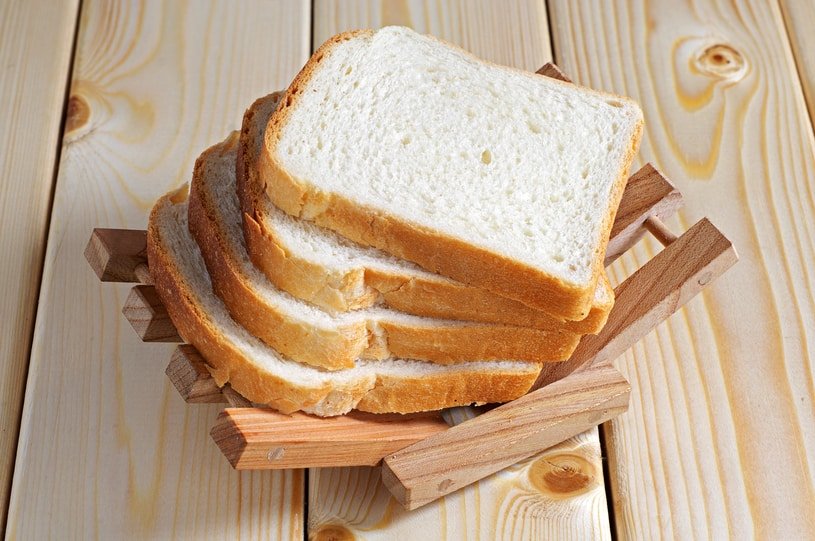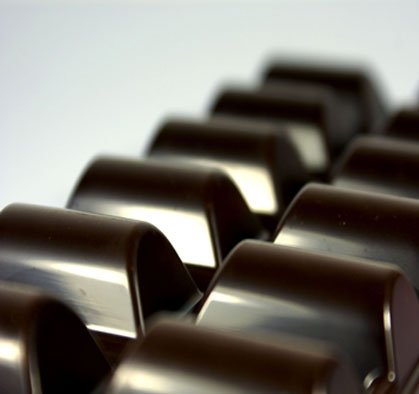Sodium Stearoyl Lactylate (SSL)-E481

Product Specification
| Form | Powder |
| Colour | Ivory White |
| Acid Value | 60-80 mgKOH/gm |
| Ester Value | 150-190 mgKOH/gm |
| Melting Point | 47-52 C |
| Moisture Content | Max 1% |
| Saponification Value | 190-230 mgKOH/gm |
| Total Lactic Content | 31-34% |
| Sodium Content | 3.5-5% |
| Heavy Metals (as Pb) | Max 10mg/kg |
| Arsenic | Max 3 mg/kg |
| Cadmium | Max 1 mg/kg |
| Mercury | Max 1mg/kg |
Description
Sodium Stearoyl Lactylate (SSL) is a partially neutralized ester of Lactic Acid and a Fatty Acid, containing a sodium salt.
This food additive is a white to ivory-white, waxy powder. It is dispersible in hot water and soluble in hot oils and fats. Liquid version is also available (Sodium Oleoyl Lactylate).
Application in Food
Sodium Stearoyl Lactylate is palm-oil free and is used as suitable Kosher as well as Halal food additive. Its other great applications in food include the following:
Bread Industry
Lactylates are the second largest selling emulsifiers in the United States after Monoglycerides. Estimated sales per year are 22000 Metric tons.
SSL is a popular and successful emulsifier in yeast-leavened breads for the following reasons:
- Due to their ability to form complexes with both starch and protein. Other emulsifiers are able to complex with starch but lactylates are one of few emulsifiers that can also complex with protein making them vital in some applications.
- The complex formed with starch resists starch retrogradation and thus reduces staling. This gives the baked product a longer softness shelf life.
- Lactylates also strongly interact with proteins causing protein agglomeration which results increased dough viscosity, better gas retention and ultimately greater bread volume.
- They are readily soluble in dough and do not need rehydration prior to addition.
- They are inexpensive to manufacture.
- They are relatively stable with regard to shipping, storage and can be used directly into flour and bread premixes and bread improvers.
- Dough containing SSL are easier to handle during manufacturing and are more resistant to mechanical stress and shock.
Cookies and Crackers
The role of SSL in cookie and cracker dough is of a different nature to that in bread baking. In cookies and crackers, excessive gluten development is considered undesirable. What is of great importance is that shortenings used in cookie dough mixing thoroughly coat the flour to “shorten” or minimise gluten formation. SSL in used in cookie and cracker formulations to achieve a uniform distribution of the shortening.
By ensuring the proper and quick distribution of shortening SSL actually helps in decreasing dough viscosity, improving machining, maintaining a uniform desirable spread and volume, and good eating qualities.
Cookies made with 25% less shortening than normal and a 0.5% dosage of SSL produces a cookie just as good as with 100% shortening and no SSL. This also acts as a cost saving.
Non-Dairy Creamers
SSL is a high HLB value emulsifier which means it is highly dispersible in water. In Non Dairy Creamers it helps to combine the fat in the creamer with the water it is added into, helps maintain a stable emulsion and creates the proper amount of fat agglomeration thereby achieving its major objective of lightening the colour of coffee.





